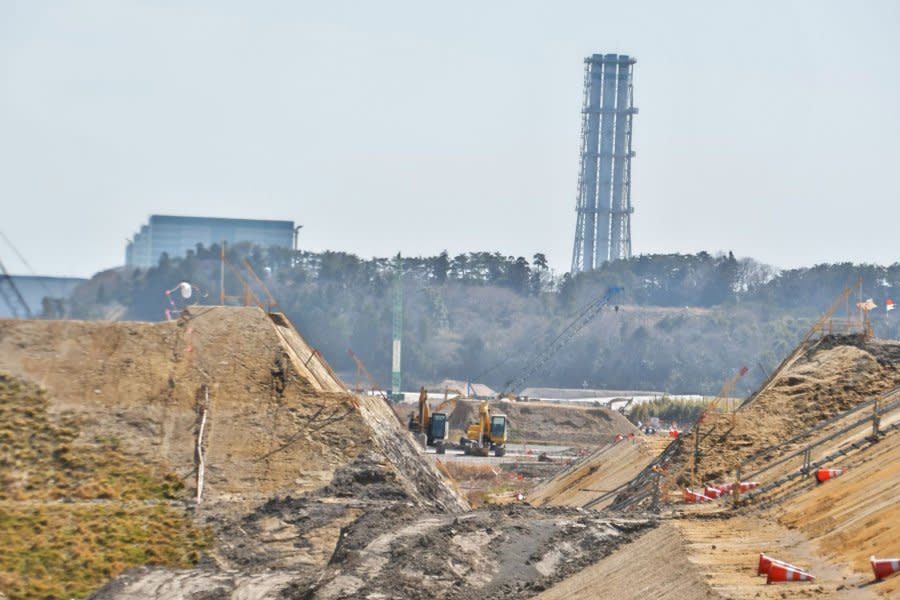IAEA tests fish near Japan's Fukushima nuclear plant amid water release

Oct. 19 (UPI) -- A task force with the International Atomic Energy Agency tested fish near the Fukushima Daiichi nuclear plant in Japan Thursday to assess the potential impact on marine life as treated water drains from the damaged facility into the Pacific Ocean.
A team of 12 specialists from Canada, China, Japan, Monaco, and South Korea collected 154-pound samples from six fish species at the Hisanohama Fishing Port in Iwaki City, Fukushima -- including a fresh catch of flounder and Japanese jack mackerel that were unloaded from various commercial vessels and packed in ice.
From there, the fish were transported to several research labs in Chiba Prefecture, where the specimens would undergo analysis to detect any traces of radioactivity.
In the coming weeks, the IAEA will announce the test results along with other data as part of a comprehensive report that will compare the new samples to those taken last year to determine whether any changes had occurred in radioactivity levels.
"This work supports the IAEA's ongoing monitoring and assessment activities in Japan under the agency's overall safety review of the ALPS treated water discharges which is assessing whether TEPCO and the Government of Japan are applying the relevant international safety standards," the IAEA said in a statement.
The water releases have emerged as a major environmental concern in Southeast Asia, while inflaming tensions between Tokyo and Beijing after Japan began the discharges in August.
The plant began releasing a second phase of treated water into the Pacific on Oct. 5, with the outflow expected to last through this Saturday.
Earlier this week, Russia joined China in restricting Japanese seafood imports as a "precautionary measure" due to growing concerns over radioactive contamination.
China's General Administration of Customs also revealed Wednesday that the country has not imported any seafood from Japan over the past month after the communist government imposed the ban immediately after the water releases began.
Before the embargo, Japan's fishing industry exported some 118 tons of seafood to Russia this year as of Sept. 22, while Chinese seafood imports from Japan tumbled more than 67% in August.
Japan's Foreign Ministry called on Moscow and Beijing to lift the bans, saying the ongoing discharges complied with global safety standards while Thursday's testing was being supervised by international monitors.
Japan has conducted environmental testing nationwide every year since 2015 as the government stepped up nuclear safety measures following an earthquake and tsunami in 2011 that triggered a meltdown at the Fukushima plant.
The released water contains a mix of rainwater, groundwater, and water that has been used to cool the nuclear reactors.
Before the water mixture is drained into the sea, it's treated with chemicals to remove most radioactive substances, however, prior test samples revealed the presence of particles containing tritium, a radioactive form of hydrogen.

